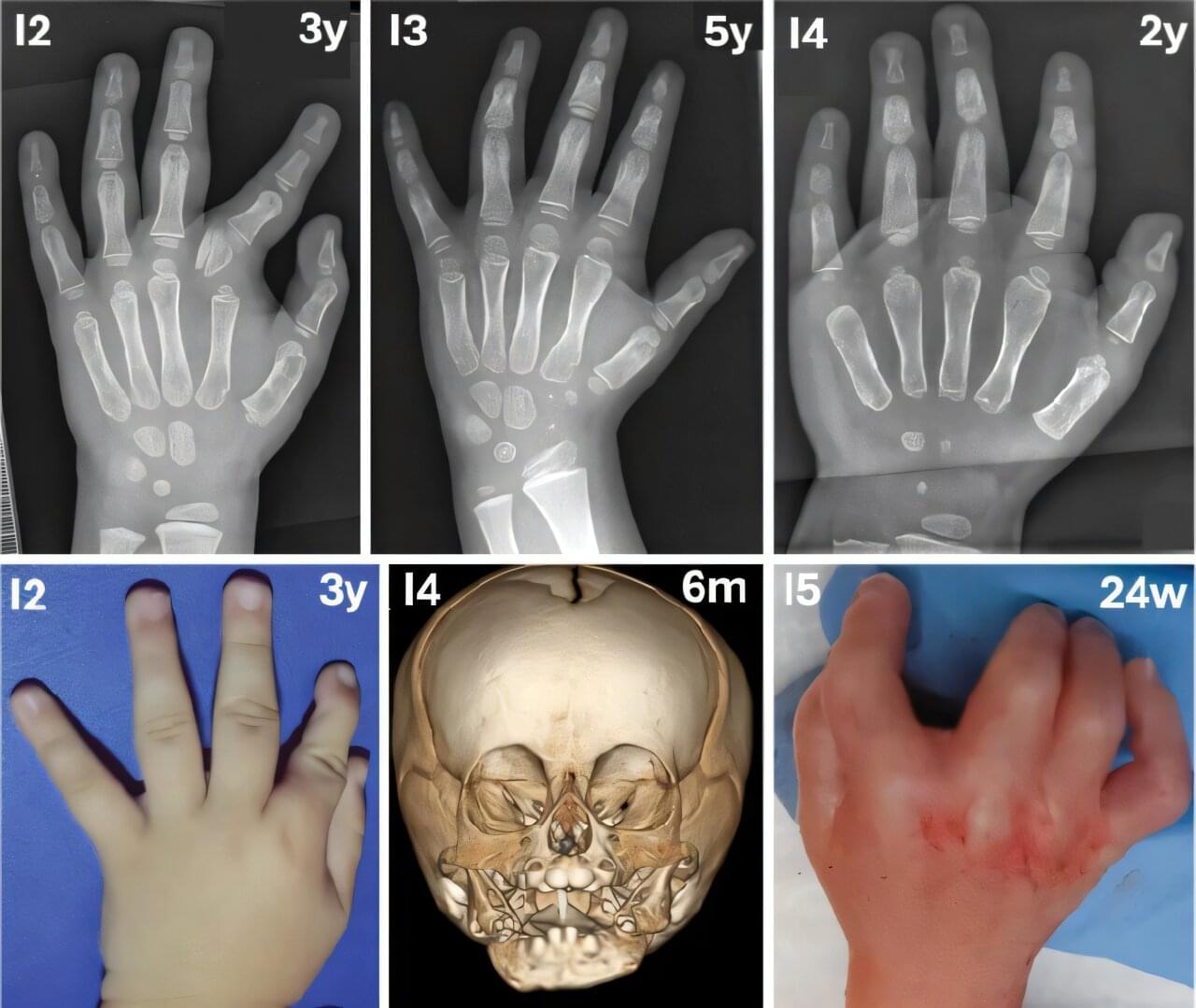Living cells contain a world of complex parts, which are constantly in motion. Many functions of these parts are still not fully understood, but likely harbor answers to many of our questions about how diseases work and how we might reverse them. One such case has been brought to light.
Enzymes act as catalysts for various processes within cells, but in some cases, they become inactivated by mistakes or environmental factors. When this happens, the processes that the enzymes facilitate may be compromised and lead to disease, depending on what processes are affected.
According to a new study published in Nature, Catel–Manzke syndrome—a bone disorder causing shortened bones, heart defects, cleft palate and finger malformation—may be a result of an inactivated enzyme, called dTDP-D-glucose 4,6-dehydratase (TGDS).








